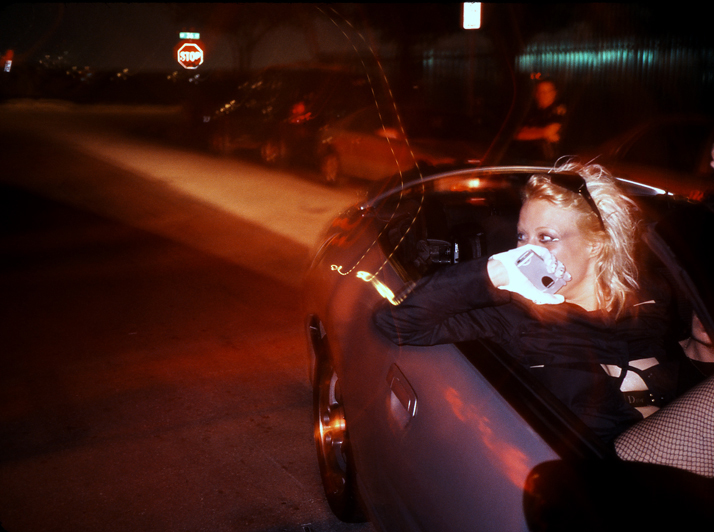(ROME) — Just like there are an infinite number of ways to eat a Reese’s peanut butter cup, there are a multitude of ways to dissect any issue. Kendrick Lamar’s Pulitzer prize-winning album, DAMN, adds a unique and moving narrative to the evolving story of racial tension in the United States by describing his own experiences as a black man from a universally human perspective. A strong bias can detract from journalistic integrity, but in this case, Lamar takes ownership over his angle, adding honest and personal substance to a story.

Kendrick Lamar performing at Øyafestivalen in 2013 [Source: Kim Erlandsen, NRK P3]
Lamar’s creation exists in a gray area between journalism and art, but the product is essential for grasping the bigger picture of racism and how it personally affects respective populations in the United States, although it lacks what the American Press Institute would traditionally label as journalism since Lamar does not, “Maintain independence of those they cover.”
Instead, Lamar’s introspection, or self-coverage, is what makes his story resonate, giving it extra value in today’s racially charged context. Personal narrative journalism and podcasting, a study by Mia Lindgrom and Speaking Personally by Rosalind Coward implore the wide acknowledgment of “confessional storytelling,” as an increasingly essential aspect of journalism. The internal struggle and things not directly observed in photos, videos, or statistics, are often vacant or glossed over in more traditional forms of journalism that target non-bias, making the personal narrative a particularly powerful tool for conveying human stories.
“Wicked or weakness; you decide, are we gonna live or die.” BLOOD, the first song on DAMN, paints a picture where Lamar offers to help a struggling elderly woman who lost something, who in return, tells him he will lose his life. This is followed by an ambiguous sound, almost resembling a gunshot, and the words, “Am I wicked?”
It’s not immediately obvious that someone might think of themselves as wicked because of how society boxed them according to the color of their skin. This social provocation may itself cause someone to be wicked — or vindictive; or alternatively, as Lamar suggests, make them feel weak because they are a victim of social packaging.
The chasms Lamar describes are dangerous to one’s identity. Lamar is dealing with a layer cake of cognitive dissonance as a product of his race. Proud of who he is, he receives constant social reminders that he shouldn’t be; perpetuating the unresolvable dichotomies coexisting within Lamar’s identity. He can’t win.
This destructive cycle of socially inflicted personal conflict may otherwise remain a facet of racial tensions that never surfaced were it not for the work of Lamar and similar artists. In the context of George Floyd and Breonna Taylor’s deaths, this album strikes an extra chord.
Lamar is an artist, whose work, given its relevance to socially pertinent issues, bleeds into journalism, even quietly remarking on the role of media in race relations.
While Lamar doesn’t perform interviews in a traditional sense, he does collect additional sources, a duty essential to journalism, according to the American Press Institute. At the end of BLOOD, Lamar uses a sound clip with commentary on his work from an unknown media source.
We hear a man’s voice, “Lamar stated his views on police brutality with his line in that song quote ‘and we hate the po-po, wanna kill us in the street, fo sho.’ A female chimes in, ‘Oh please, I don’t like it.”
Perhaps ironically, her words are no more objective, truthful, or essential to the conversation than Lamar’s artistry, yet from the clip, it is apparent that she works under the guise of journalism.
Though he never cites the media source, which is the responsibility of a journalist, its integration into his music helps drive his narrative home. Ultimately, Lamar exposes the unremitting and profound internal struggles of the black community that remain largely unexplored in America today, leaving Lamar somewhere in the gray area between artist and journalist.


